Started after xmas 2014, ran great until tiny fish got strangled in large root system. Need to do my initial "nice idea" of a view window and feeding port on the 5g bucket. Will start the project log when I begin a new system. Letting the one in the photo um, "rest", or seeing how long it takes the tomato to die. Busy with other things.
Update (4/26/15): So, that tomato. Not dead. I've been trying to kill it. Unsuccessful. It's gone at least 2 months only getting a smidgen of light from a half-covered window. It kept growing new little shoots, and setting fruit. I'd turned off the fan in there too, though the window was slightly open. I turned off the air pump, so no water movement. I occasionally tossed more water at it, like, once a month. It had gotten about 2-3' taller than the main project picture before I let it go. It tipped over soon after. Still growing. I'm yanking shoots off it to start new plants. Zombie tomato. It is dropping leaves quickly, but keeps creating more new branches.
I eventually fully destroyed that tomato.
 Em
Em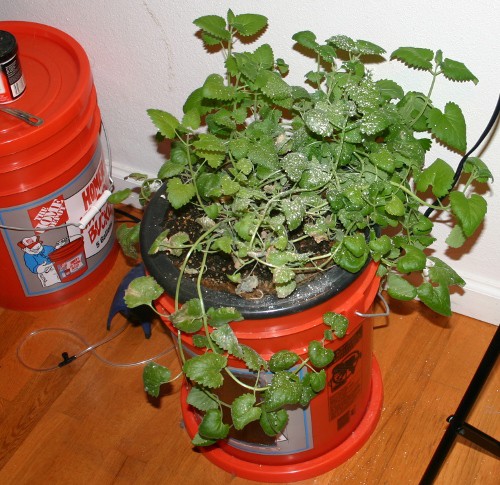
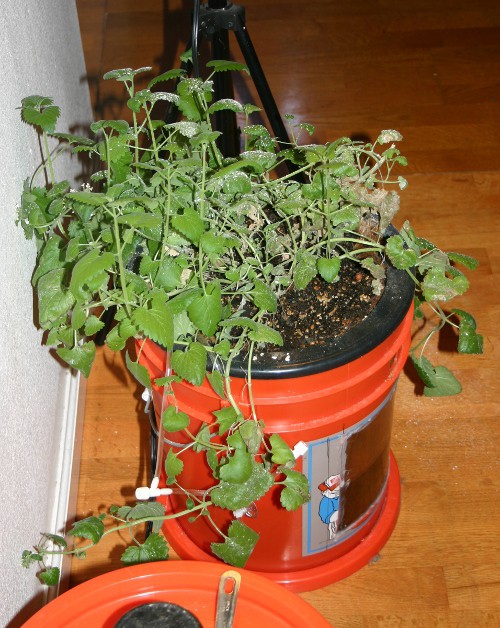
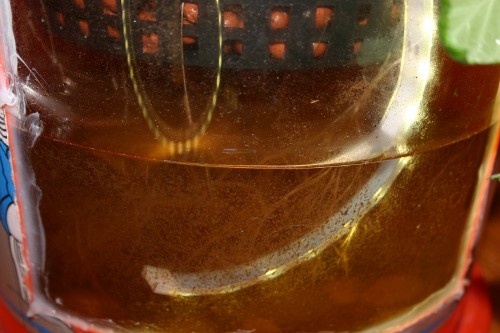
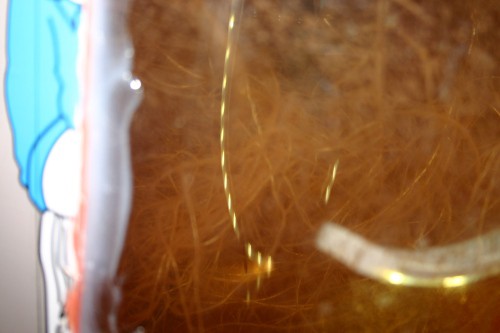
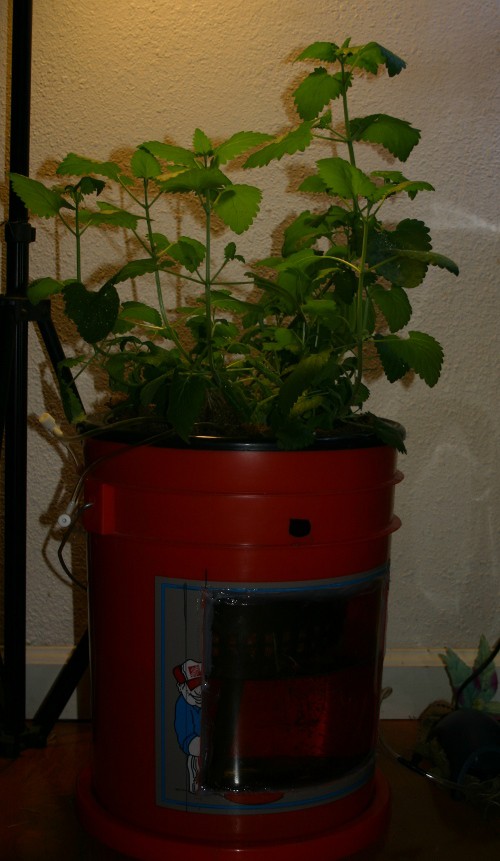
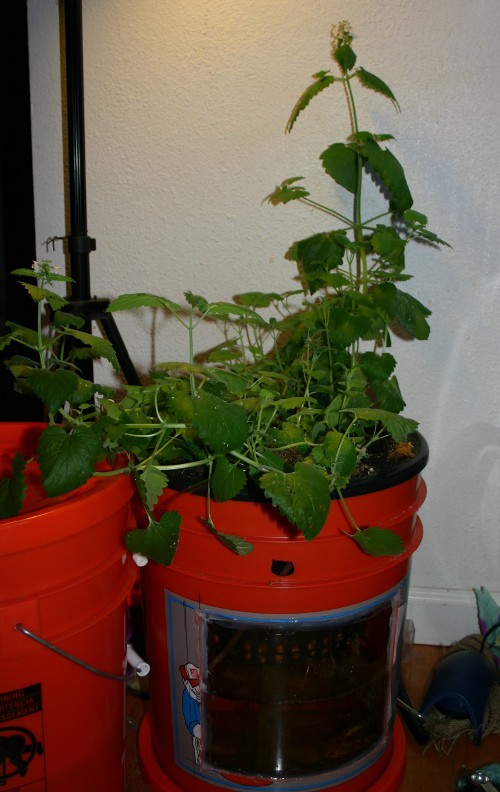
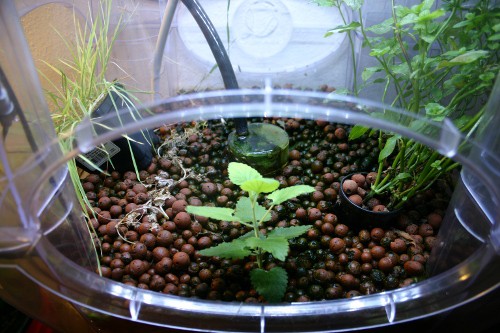
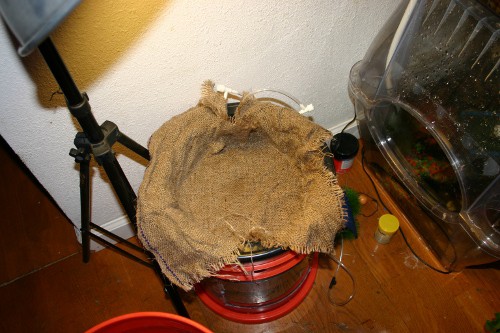
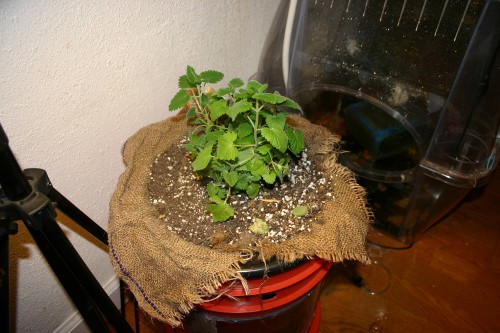
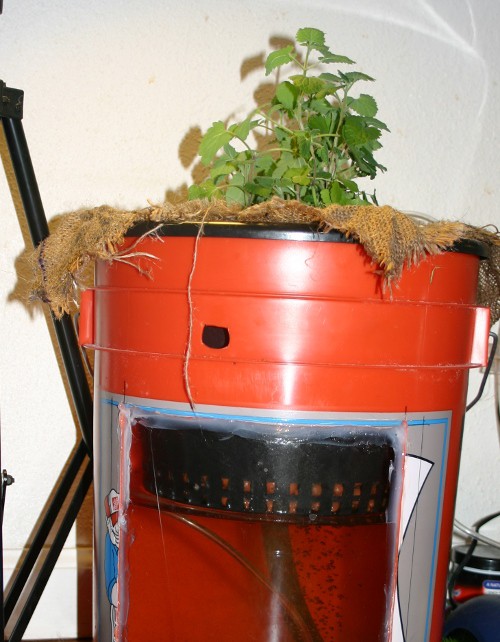
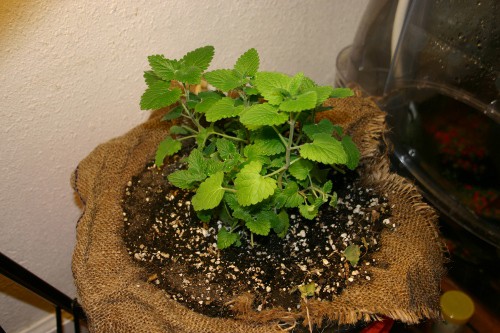
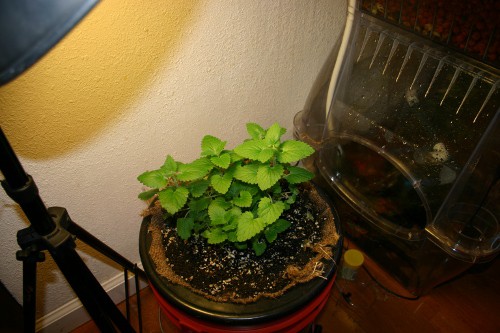
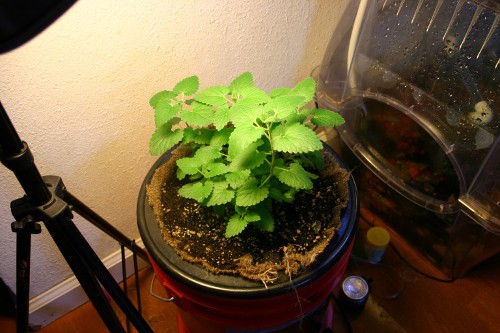
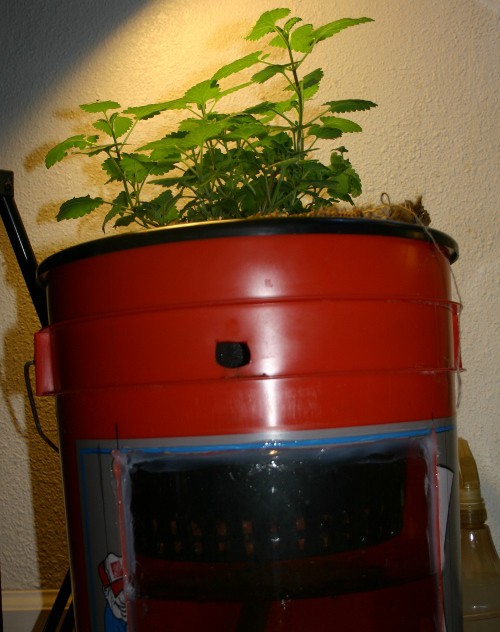
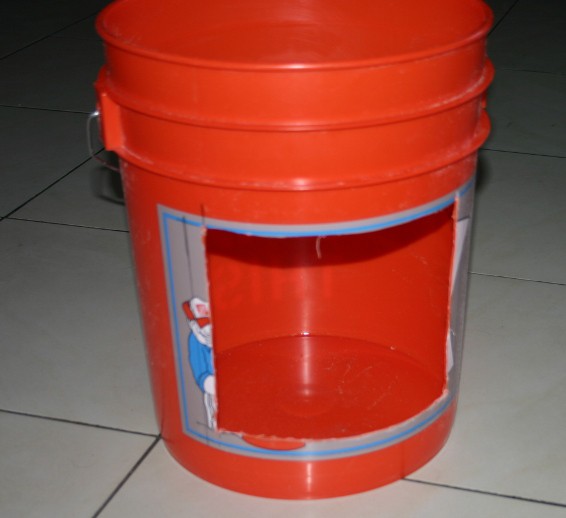
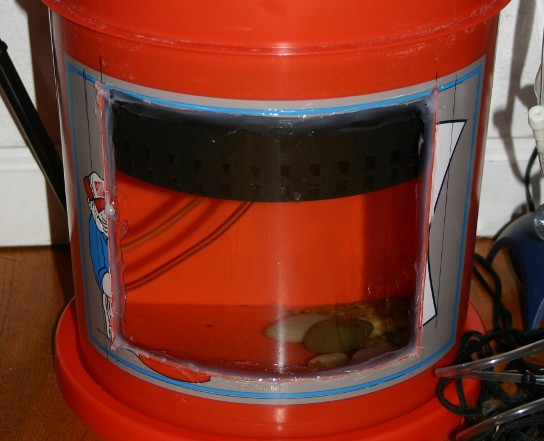
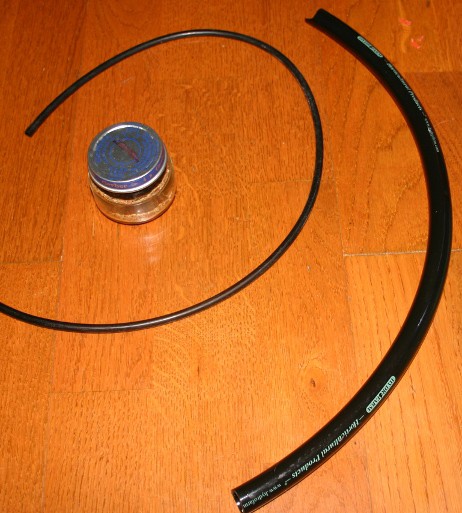 The larger black hose for the air-lift pump (and food-tube), with a baby food jar and standard aquarium airline hose for scale.
The larger black hose for the air-lift pump (and food-tube), with a baby food jar and standard aquarium airline hose for scale.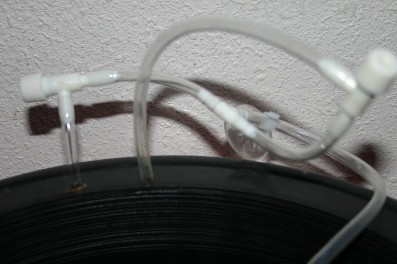

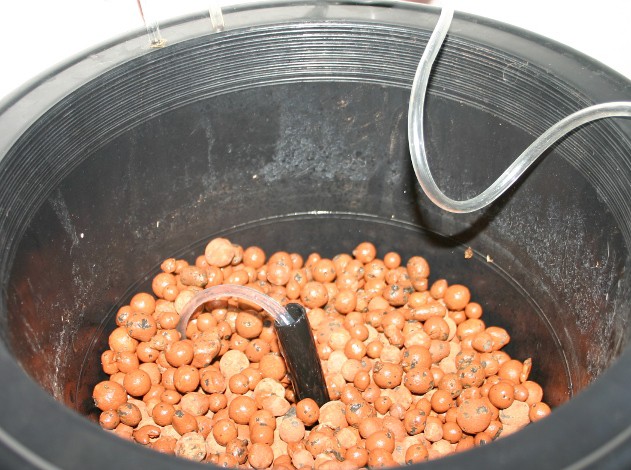
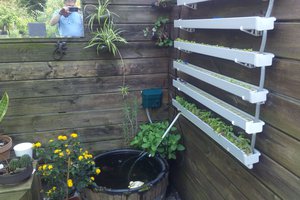
 Xo Ne Un
Xo Ne Un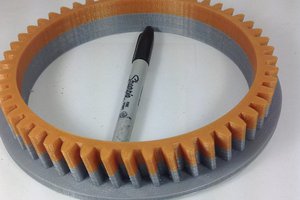
 Marlyn
Marlyn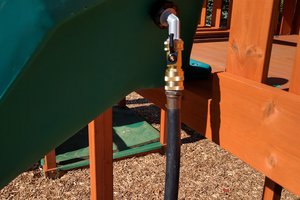
 Brandon Hart
Brandon Hart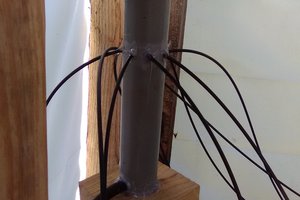
 matthewkleinmann
matthewkleinmann